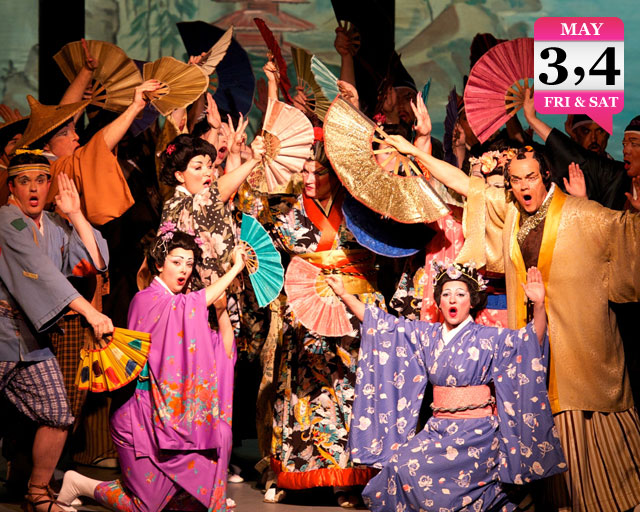This awesome commercial, titled “Just Checking,” for the popular cereal Cheerios, the first snack of choice for generations of families with kids, has hit a nerve with people who object to the multicultural family it depicts.
It shows an adorable mixed-race little girl asking her white mother if Cheerios is good for the heart. Mom answers that according to the box, it is indeed good for the heart. The girl smiles impishly, and runs off. The 30-second spot ends with dad — who is black — waking up on the couch and finding Cheerios poured all over his chest.
General Mills, makers of Cheerios, has had to turn off the comments on the YouTube page for this wonderful video because of the hateful comments that appeared, which the company said weren’t “family friendly.”
It’s too bad so many people are threatened by a mixed-race family, because it’s part of who we are as Americans. Asian Americans have increasingly high outmarriage rates, as explained in detail by C.N. Le of Asian-Nation. The term “Hapa” — originally a Hawai’ian term for “half” — is commonly-used now for mixed-race people, especially mixed-race Asians.
Today on Lawrence O’Donnell’s “The Last Word” program, O’Donnell took up time not only cheering for the Cheerios commercial, but also showing the entire ad, for free, as part of his editorial content. It was an awesome moment of television commentary in support of a corporation’s honest and accurate portrayal of a modern American family.
Kudos to General Mills, and to Lawrence O’Donnell.












